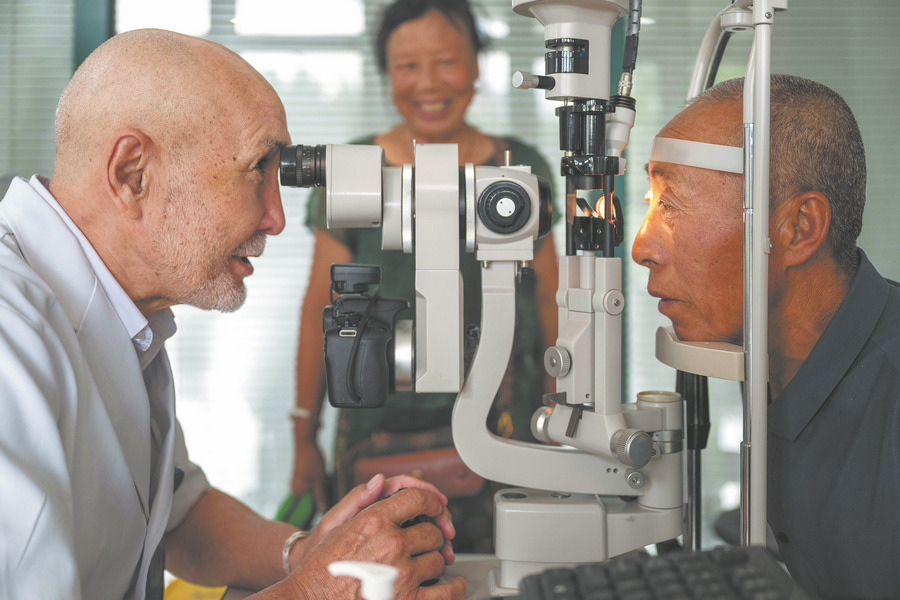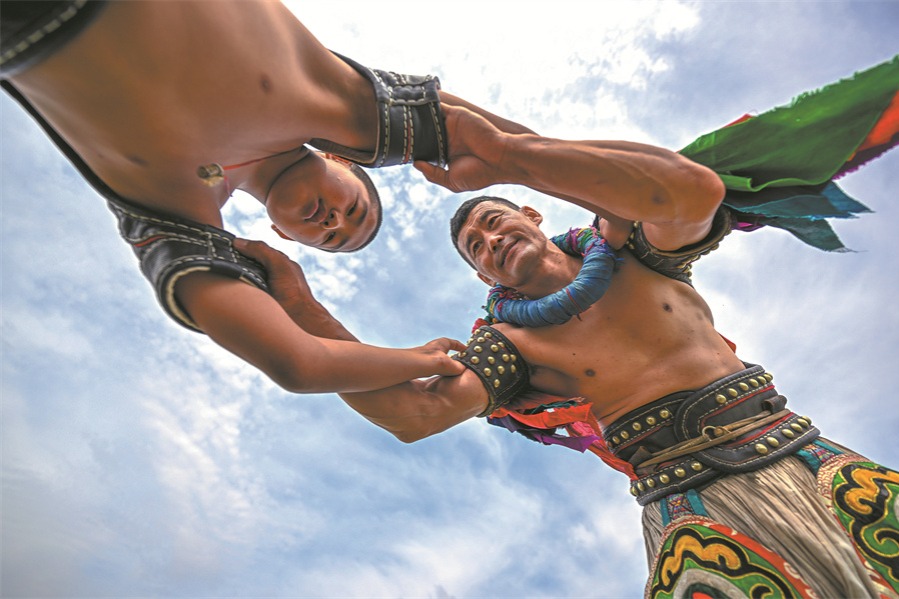A lifetime searching for cures to end the scourge of malaria

Traditional methods of dealing with malaria focus on mosquitoes, either trying to eliminate them or stopping them from biting people by using indoor spraying or distributing insecticide-infused sleeping nets.
Li has been a pioneer in applying an alternative approach called mass drug administration, which aims to eliminate the malaria parasite directly from the human population. The idea is to give artemisinin to all (or, as much as possible) of the population at one time thus eliminating malaria within a target region. Since malaria is not carried by animals, eliminating it from humans can get rid of the disease. Artemisinin is usually administered in a compound with another anti-malaria drug, because malaria is unlikely to be resistant to both.
He first tried mass drug administration in South China's Hainan province. "From 1975 to 1980, I engaged in research on MDA in Hainan, as it is the hottest zone in China. We handed medicine to patients three times a year in order to control the morbidity. But the effect was not very good, because only 60 to 70 percent of the people took the treatment. A lot of the elderly and children did not know we were sending out medicine, so they would not line up for it. Plus, at that time, the side effects of the medicine were relatively strong."
Cambodia is the second place where Li and his team tested the mass administration of artemisin compound therapy. He found high rates of uncontrolled malaria in the Mekong region. "At that time, the traditional way to control malaria was by eradicating mosquitoes, but I thought the key was to eradicating the plasmodium that humans carried. In the hot areas, over half of the people carried the parasite, reaching 80 to 90 percent in some regions."
"In 2004, there was an epidemic outbreak of malaria in Cambodia, so they allowed me to do a test. At that time I tried a method of hiring one person with a high school education as 'head warder' in every village. He registered all households, found out how many people were infected, then took the medicine house-to-house," Li says. In three years, the malaria rate fell by 95 percent. However, people brought in malaria from outside the target area, so the rate of infection rose again.
In 2006, Li and his team began a mass drug administration program in the island country of Comoros in East Africa. Li worked on the program there until 2008, when he had to return to China after having a stroke.
In a test case on the small Comoran island of Moheli, the cases of malaria fell by 94 percent within two months. Li also found that the malaria parasite had been greatly reduced both in humans and in mosquitoes: "The humans that carried the malaria parasite fell from 23 percent to 1 or 2 percent, and the portion of mosquitos carrying the parasite fell from 3 percent to nearly zero," Li says.
After applying mass drug administration of an artemisinin combination therapy to the Comoros' two other major islands, malaria cases fell from 103,000 around one-eighth of the population in 2010 to fewer than 2,000 cases in 2014. Deaths fell from 54 to zero, according to data from the Comoros Ministry of Health.
However, Li says his task is not finished. Without further work, malaria could come back. "Studies in Cambodia and the Comoros show that (mass drug administration) is the only way to control malaria quickly, but it failed to eliminate malaria," Li says.
"The first important point I proved in the Comoros was that the number of plasmodium-carried mosquitoes reduced as the number of human plasmodium-carriers decreased. The second point is, even after the MDA, there are still five to eight malaria patients every month. Though the number is small, there is a risk that the malaria could come back," Li says.
So Li continues his lifelong work. He and the team at Guangzhou University of Chinese Medicine are now working on a method, called PCR (polymerase chain reaction), that they have shown can effectively test for malaria using only one drop of blood.
"The cost of using PCR was $10 per person, which was too expensive for the local people. My team started to research our own reagent and succeeded. We reduced the cost from $10 to $1 a person, which makes PCR a popular, safe, fast and cheap way to check for malaria and ensure it does not come back" after mass drug administration, Li says.




































